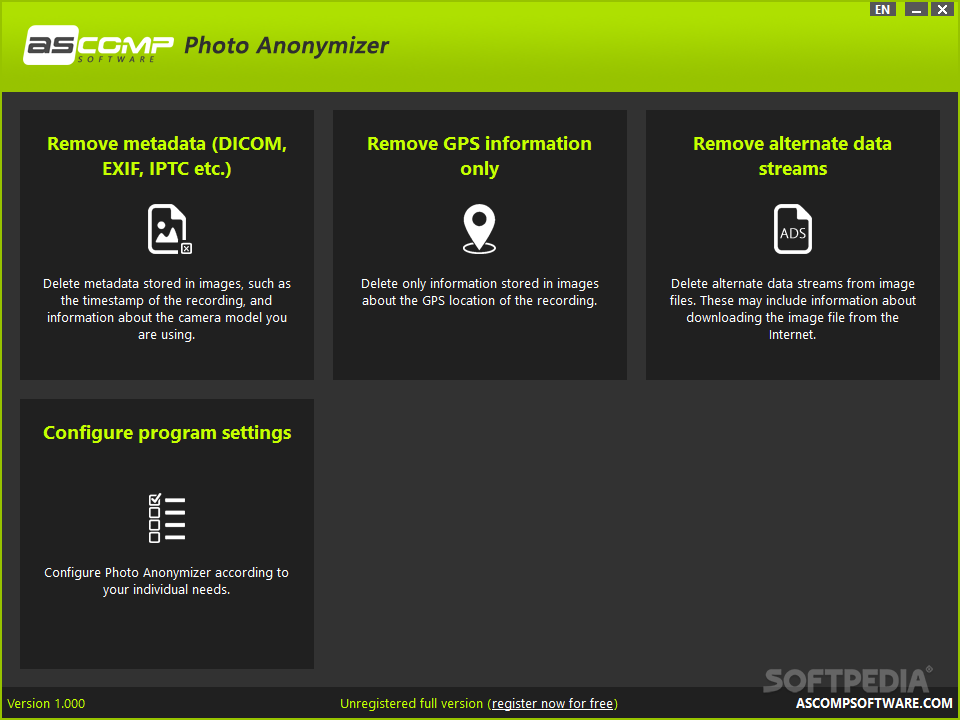
The legal basis for the road manager to process personal data is an Article 6(1)(e) of General Data Protection Regulation (GDPR), which indicates that “processing is necessary for the performance of a task carried out in the public interest or in the exercise of official authority vested in the controller”. “The principles of data protection should therefore not apply to anonymous information, namely information which does not relate to an identified or identifiable natural person or to personal data rendered anonymous in such a manner that the data subject is not or no longer identifiable” Since he is unable to obtain consent for processing from all individuals, random passersby, drivers, he should anonymize the photos to safeguard the private interests of the individuals visible in the material.Īccording to Recital 26 (GDPR) Not Applicable to Anonymous Data – anonymized data is no longer covered by the Regulation because it is no longer considered “personal data” as a result of the anonymization process applied: Here, the obligation to anonymize falls on the road manager who organizes the diagnostic campaign and becomes the controller of the personal data.

during the collection of data as part of a road diagnostic campaign, the measurement vehicle has captured an image of a person, this should be treated as sensitive data by which a person can be identified. In practice, if, for example, during lane photo-registration, i.e. This is when anonymization occurs, making the data subject no longer identifiable and their interests protected. Unfortunately, in the case of large image data sets, obtaining consent from each person in the data set will be time-consuming and costly due to the hundreds of thousands or even millions of people in the data set. The consent expresses the voluntary authorization (in a written form) to process the requested data. the person whose image appears in the image or video. a company, a road authority, a private person, anyone who comes into possession of such material and intends to process it – share or store it) to request consent from the data subject, i.e. Where an image or video is used or published for commercial purposes, the Regulation requires the data processor (e.g.
#ANONYMIZER UNIVERSAL LICENSE#
The image is a legally protected good, as are vehicle license plates, house numbers, and anything by which a person can be identified. Personal data, in this case biometric data, is the image (face, body). 4 GDPR ‘personal data’ means any information relating to an identified or identifiable natural person (‘data subject’) an identifiable natural person is one who can be identified, directly or indirectly, in particular by reference to an identifier such as a name, an identification number, location data, an online identifier or to one or more factors specific to the physical, physiological, genetic, mental, economic, cultural or social identity of that natural person


As such, they fall within the definition of personally identifiable information contained in the GDPR (“General Data Protection Regulation”).Īccording to Art. The face and body are the most basic and most visible elements of our identity.


 0 kommentar(er)
0 kommentar(er)
